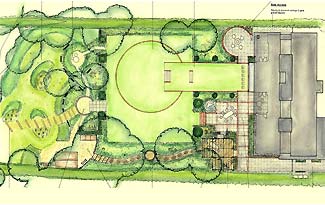TOP TIPS TO GET THE BEST OUT OF
REDUCED PEAT AND PEAT-FREE COMPOST
1. Reduced peat and peat-free compost is just as easy to use as peat-based products, but may need treating slightly differently, so always check the instructions on the bag to ensure you get the best results.
2. The main difference is in watering, which generally needs to be ‘a little but often’. Gardeners need to be aware that most peat-free composts are naturally darker and denser, and they don’t go paler like peat does when they dry out.
3. As with all compost, drainage is key. Excess water has to be able get out, so ensure there is a drainage hole in your container and cover it with a thin layer of coarse grit or pebbles to stop it getting blocked up.
4. Wet the compost thoroughly before using it to give the plants a real treat.
5. Avoid pressing the compost into the containers. This pushes all the air out that the plant roots need to thrive and stops water from percolating through.
6. Don’t fill the containers right to the top, leave about a 2cm gap between the top of the compost and the pot. This will make watering easier and more efficient.
7. You may notice that plants sometimes take a little longer to get going, but, don’t worry, once they do they usually last longer and tend to be bushier and a better shape.
8. Finally, when storing compost, put it in a dry place so that rainwater can’t get in to deteriorate it or wash away essential nutrients.

